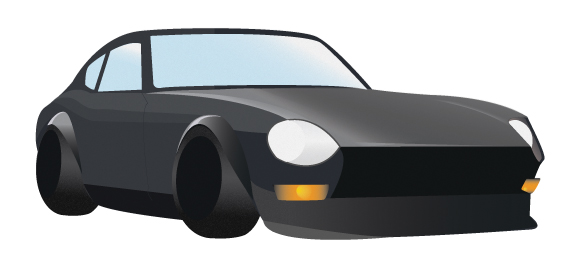It’s always easy to tell the difference between a well made custom website and those websites that use stock templates. It’s the same difference in character between a brand new sports car you bought at the dealership and the race car built from the ground up. Sure one is comfortable and easy, but it definitely won’t have the character or the real performance you’re after. Cheap bolt on parts (bad plugins and modules) won’t make your car or website better either.
It’s always easy to tell the difference between a well made custom website and those websites that use stock templates. It’s the same difference in character between a brand new sports car you bought at the dealership and the race car built from the ground up. Sure one is comfortable and easy, but it definitely won’t have the character or the real performance you’re after. Cheap bolt on parts (bad plugins and modules) won’t make your car or website better either.

The default K2 template is much like the new sports car from your local dealership. It works, but it’s both limiting and dull. In order to get the most out of your website and fully customize it to your liking, you will most likely have to create a custom K2 template.
Getting Started With Your Custom K2 Template
Within your site, the folder “templates” houses your K2 templates. So when creating a K2 template you would place your custom K2 template within this “template” folder.
You can also create sub-templates within your custom K2 template. These allow you to customize each page within your custom K2 template. Yes… customization to the MAX.
You can find more detailed information about creating K2 templates and sub-templates in our tutorial:
“Intro to K2 Templating – Part 1”.
Wise Advice When Building K2 Templates
Contrary to what you may think, creating your own K2 template is not just for aesthetics. The benefits of creating K2 templates is that you are not limited and you can satisfy all of your web needs. When we build K2 templates, aside from aesthetics we consider SEO (Search Engine Optimization), cross-browser and cross-device functionality, and ease of use (both for the user and administrator).
You can check out some of our K2 templating tips in our tutorial:
7 Tips to Great K2 (and Joomla) Templating – Part 2.
Stay tuned… there are more tutorials on creating K2 templates to come!
Update: More K2 templating tutorials have arrived!
Check out our new set of K2 templating tutorials:
- Tips to having greater control of your content in K2
- Understanding K2 – Knowing what values are available to you from the provided outputs
- Making greater use of multiple category_item.php and other category listing templates
- Adding fun features using K2 Extrafields
- Setting up tabs with Subcategories
- K2 Templates and Responsive Images
- Understanding K2 Modules
- Cheating the MVC – Using JFactory::getDBO() in the View
- Creating K2 Plugins
